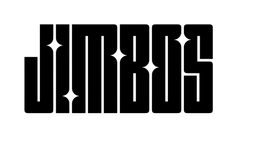Picture Perfect Polish vs. 3D ONE – Which One-Step Polish Performs Best?
Both 3D ONE and Picture Perfect Polish promise great results in a single step—but they’re built very differently. Let’s break down how they perform head-to-head in real-world testing.
How They’re Similar
- Both are marketed as one-step polishes
- Both adjust based on pad choice and machine
- Both work well on most clear coats and paints
Where Picture Perfect Takes the Lead
- No Dusting: Easier cleanup, less mess
- No Fillers or Oils: What you see is what you get
- Smoother Finish: Especially noticeable on darker or softer paint
- More Cut When Needed: On a cutting pad, it performs like a dedicated compound
What Detailers Are Saying
Many pros who’ve switched say Picture Perfect Polish is:
- “More predictable and consistent”
- “Easier to wipe off without marring”
- “Way less dusty than 3D ONE”
Pair with the Right Tools
Want better results? Pair it with:
Looking for a Prep Step Before Coating?
Picture Perfect Polish leaves no residue—making it ideal before applying:
Ready to Upgrade?
Get Picture Perfect Polish here or grab it on Amazon.
Next Up
Curious how Picture Perfect stacks up against DIY Detail's Gold Standard Polish? We cover it next.
FAQs
Does 3D ONE finish as well as Picture Perfect on black paint?
In testing, Picture Perfect Polish left less haze and clearer results on black paint compared to 3D ONE.
Which polish has more cutting ability?
Picture Perfect Polish offers stronger cut when paired with a cutting pad while still finishing down cleanly.
Related Posts



